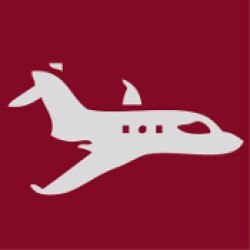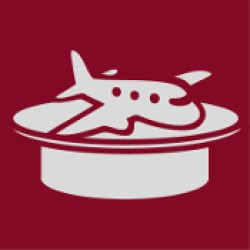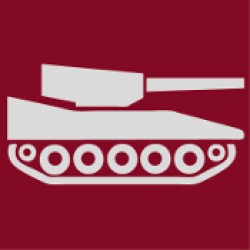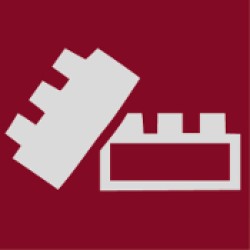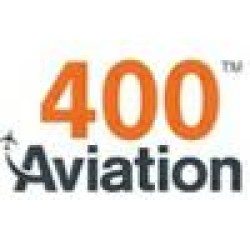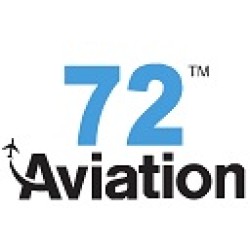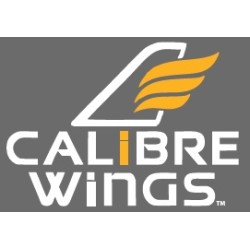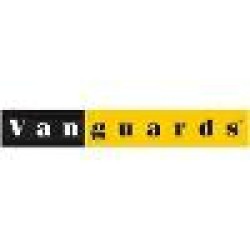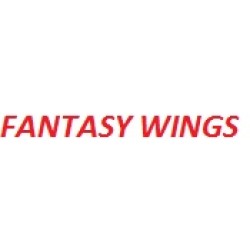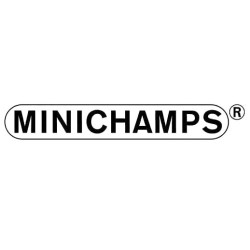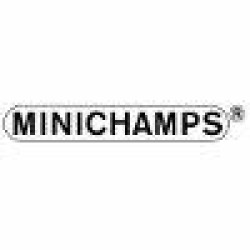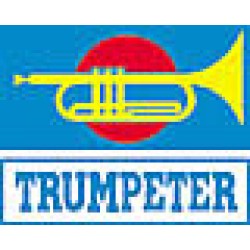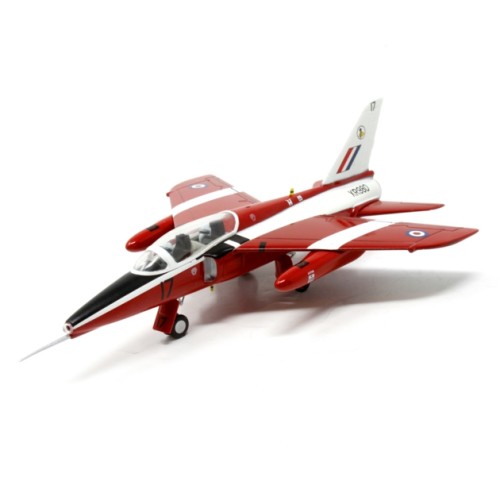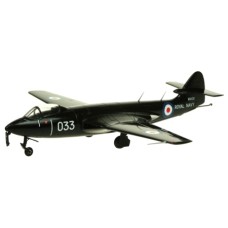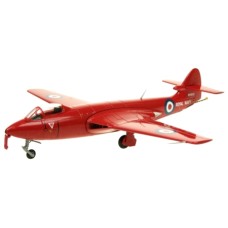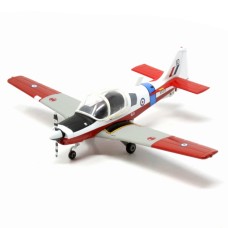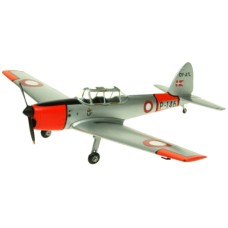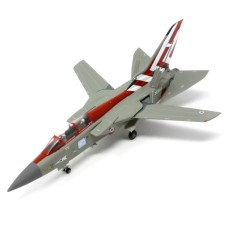Designed by WEW Petter, the Gnat has its origins in the design of its predecessor, the Folland Midge. Envisioned as an affordable light fighter in contrast to the rising cost and size of typical combat aircraft, it would subsequently be redesigned as a two-seater trainer, and this is the version modelled here.
The two-seater trainer variant first flew in 1959 with the first batch going into service with the RAF in 1962. The main operator of the type was No 4 Flying Training School, based at RAF Valley. In 1964, 4 FTS formed the Yellowjacks aerobatic team with all-yellow painted Gnats, which is the subject of another Aviation 72 release (AV72-22-003).
Once pilots graduated from basic training on the BAC Jet Provost, they were selected for one of three streams - fast jet, multi-engined, or helicopter. Those selected for fast jets were posted to RAF Valley for advanced training on the Gnat T.1, typically flying around 70 hours on the type.
No 4 FTS retired its last Gnat in November 1978. Most of the retired Gnats were delivered to No 1 School of Technical Training, at RAF Halton, and other training establishments, to be used as ground training airframes. When the RAF had no need for the Gnats as training airframes they were sold off. Many were bought by private operators and a number are still flying today.
Limited edition of 600.
The two-seater trainer variant first flew in 1959 with the first batch going into service with the RAF in 1962. The main operator of the type was No 4 Flying Training School, based at RAF Valley. In 1964, 4 FTS formed the Yellowjacks aerobatic team with all-yellow painted Gnats, which is the subject of another Aviation 72 release (AV72-22-003).
Once pilots graduated from basic training on the BAC Jet Provost, they were selected for one of three streams - fast jet, multi-engined, or helicopter. Those selected for fast jets were posted to RAF Valley for advanced training on the Gnat T.1, typically flying around 70 hours on the type.
No 4 FTS retired its last Gnat in November 1978. Most of the retired Gnats were delivered to No 1 School of Technical Training, at RAF Halton, and other training establishments, to be used as ground training airframes. When the RAF had no need for the Gnats as training airframes they were sold off. Many were bought by private operators and a number are still flying today.
Limited edition of 600.

